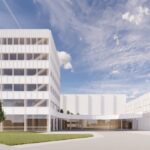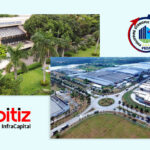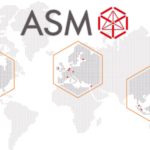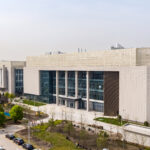ASIA ELECTRONICS INDUSTRYYOUR WINDOW TO SMART MANUFACTURING
Panasonic Commences Operations of New R&D Center
The Heating & Ventilation A/C Company of Panasonic Corporation has recently started the operation of a new building at Panasonic Appliances Air-Conditioning R&D Malaysia Sdn. Bhd. (PAPARADMY) in Malaysia.
Accordingly, the new building has state-of-the-art facilities. This includes the company’s first multi-purpose laboratory for simultaneously testing water heaters and air conditioning equipment. Thus, it will be able to shorten the lead time for developing air conditioning equipment for the global market, mainly in Southeast Asia and Europe. Thus, allowing it to accelerate development that meets local needs.
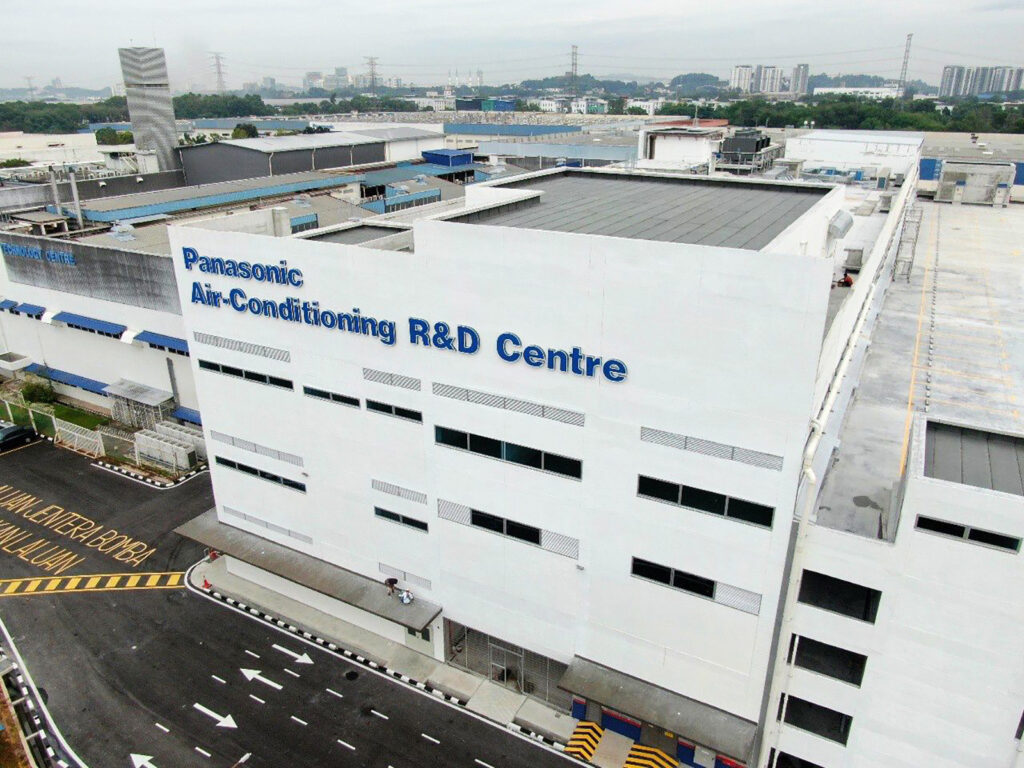
Complements Market Demand
The company has two subsidiaries in Malaysia. Namely, Panasonic Appliances Air-Conditioning Malaysia Sdn. Bhd. (PAPAMY), which is a production and sales site for room air conditioners, commercial air conditioners, and air-to-water heat pumps (A2W), among others; and PAPARADMY, which is a research and development site. PAPAMY, which started in 1973, is celebrating its 50th anniversary this year.
In Southeast Asia, as the population increases, the construction of large structures, including buildings is progressing. For that reason, the demand for commercial air conditioners remains strong.
Global market expansion also continues in the product fields of air conditioners that use highly energy-saving heat pump technology, A2W, and hydronic systems for commercial use. The company will, as part of its response to these developments, enhance its research and development capabilities through the operation of the new R&D building.
The new building is next to the current PAPARADMY building that accommodates laboratories and offices. It has three floors and a gross floor area of 10,900sq.m. Meanwhile, the third floor will be allocated to offices while the first and second floors will have a range of laboratories.
State of the Art Facilities
Normally, one outdoor unit is necessary for each air conditioner and heat pump system. However, if there is limited space for the installation of outdoor units, Aquarea EcoFleX can be used to operate both functions with one outdoor unit. Panasonic is expanding the sales of this product in regions such as Southern Europe. Since its launch in 2022, the company has been strengthening sales of Aquarea EcoFleX as a new category product.
The company’s first multi-purpose laboratory in the new building enables the simultaneous measurement of the operating efficiency of air conditioners and heat pump systems. Previously, it was necessary to conduct separate experiments for each type of equipment. However, conducting both types of measurement simultaneously reduces the development lead time.
Advances have been taking place in air conditioning equipment to improve management efficiency and reduce energy consumption by using the IoT. To confirm legal compliance in terms of electromagnetic waves emitted by such types of equipment during communication, a “semi-anechoic chamber” is available for use. Here, radio wave absorbers attach to the surfaces of the inner walls. Measurements of equipment that uses water, such as A2W and hydronic systems, have up to now been carried out by external organizations.
By installing its first semi-anechoic chamber equipped with water supply and drainage equipment, the Company will build a system for conducting rapid in-house verification and accelerate the speed of product development.
In addition to these efforts, the number of laboratories in the current and new buildings has been expanded by 60% to enhance research and development capabilities.
Accelerates Development
In addition to broadening the lineup of multi air conditioners for buildings to reflect local living environments and needs, Panasonic will also enhance the incorporation of inverters into air conditioners for offices and stores, as well as develop a variety of indoor units, including duct-type, cassette-type, and wall-mounted units.
For the European market, Panasonic will also develop fan coil units, which are indoor units for commercial hydronic air conditioners.
In May 2023, Panasonic launched the A2W, which adopts R290 natural refrigerant for the European market for the first time as a Japanese manufacturer. To be able to expand its product lineup in the future, Panasonic will set up laboratories that enable the verification of R290-based equipment in actual usage environments. Thus, this will ramp up product development in collaboration with the Company’s new R&D center established in Milan, Italy.

